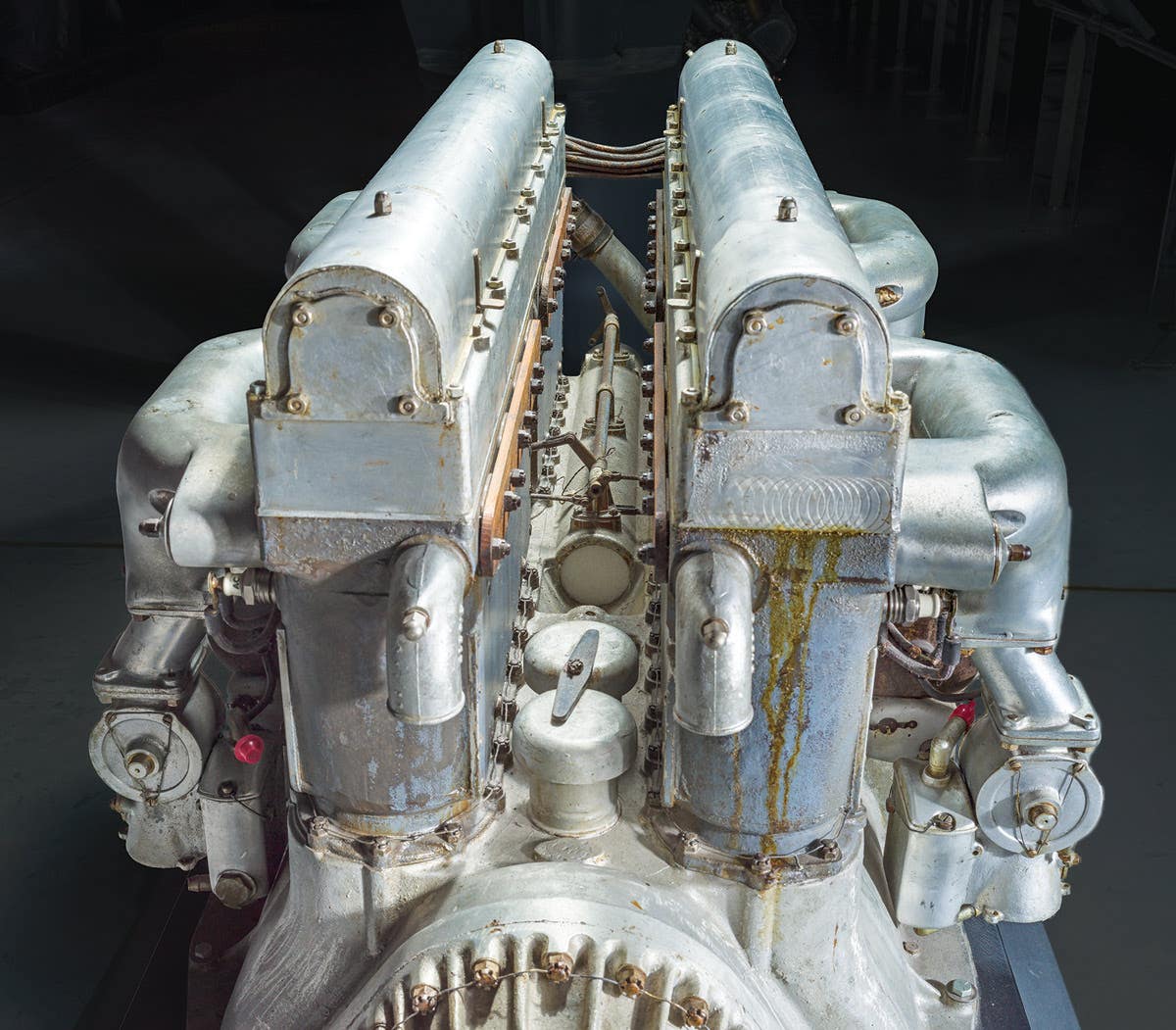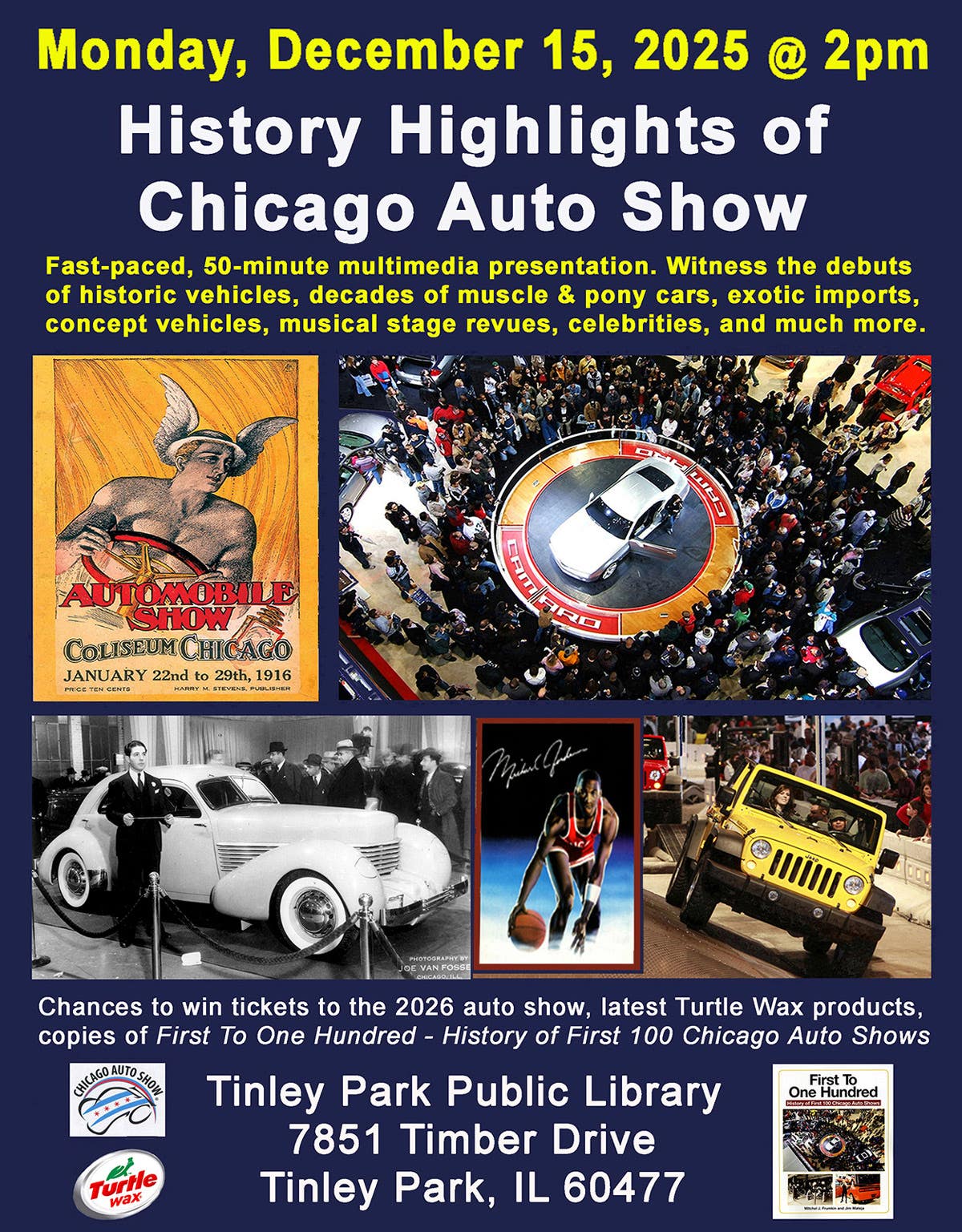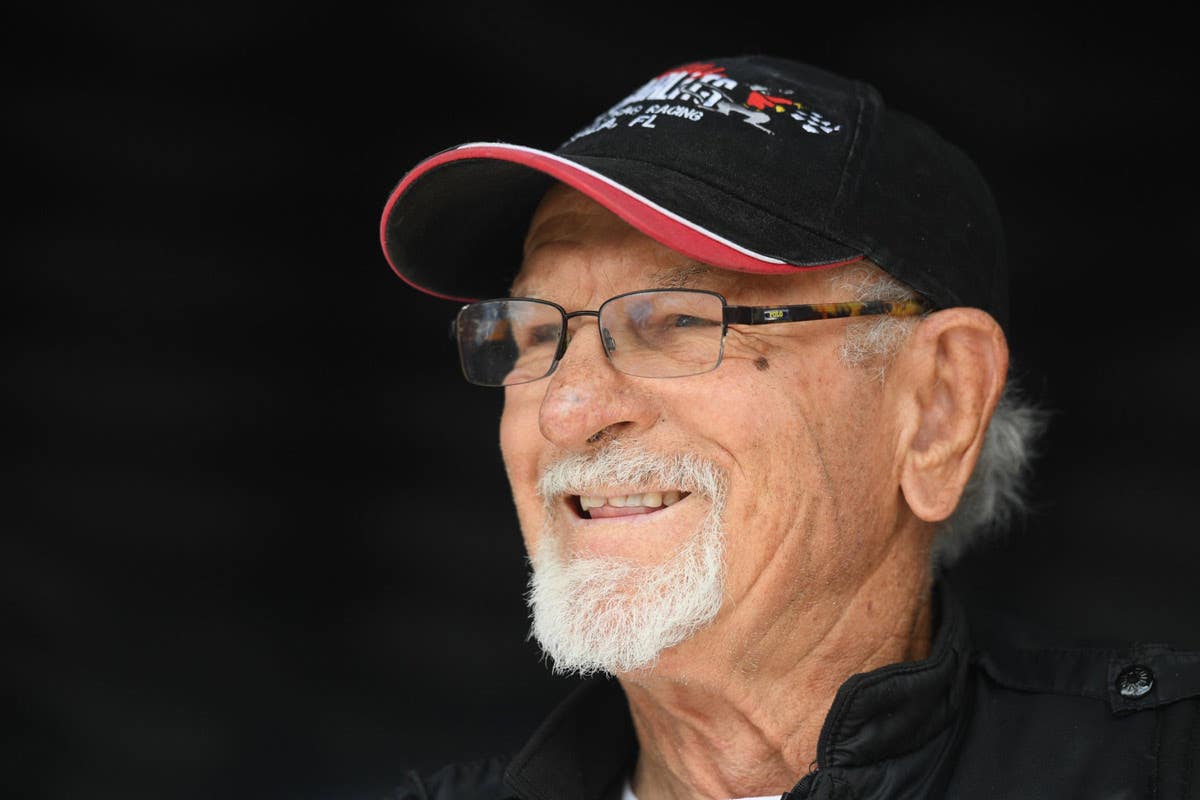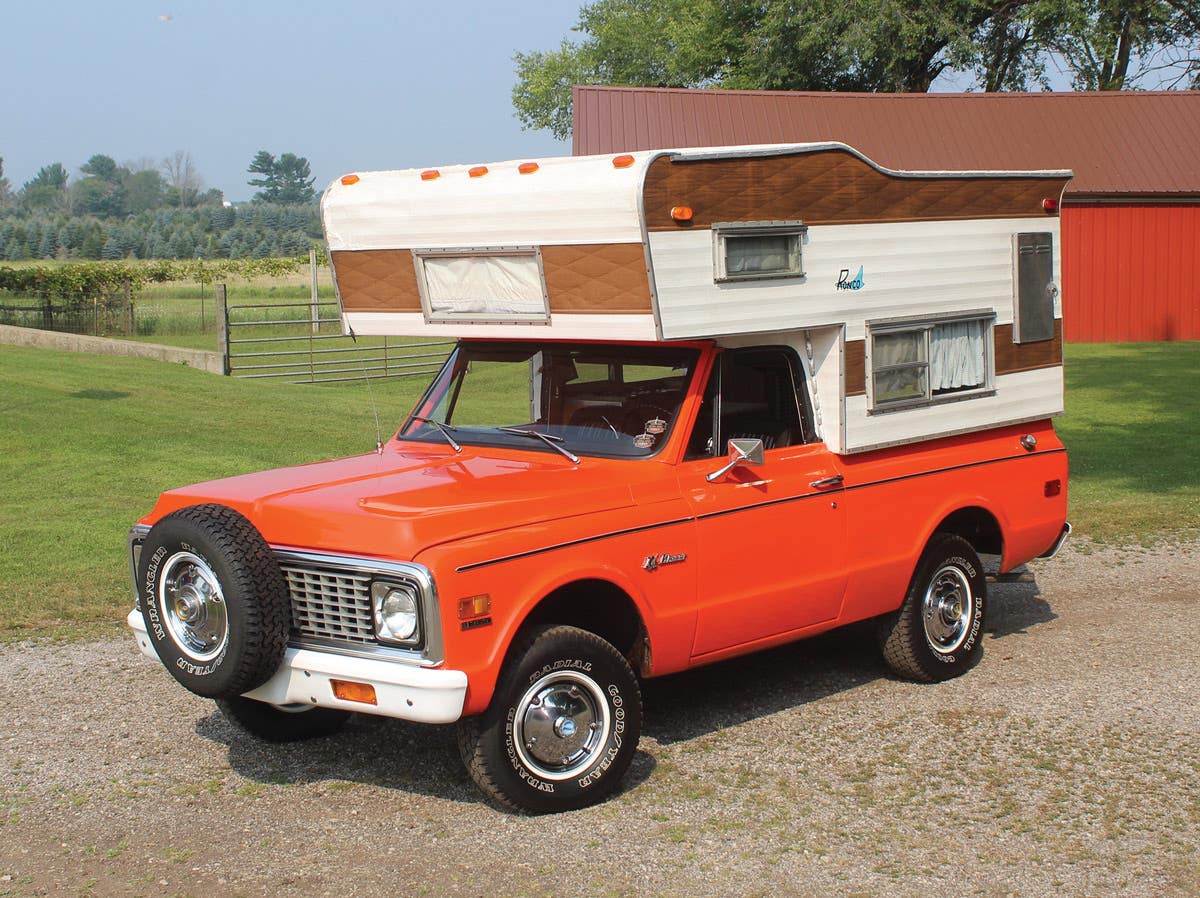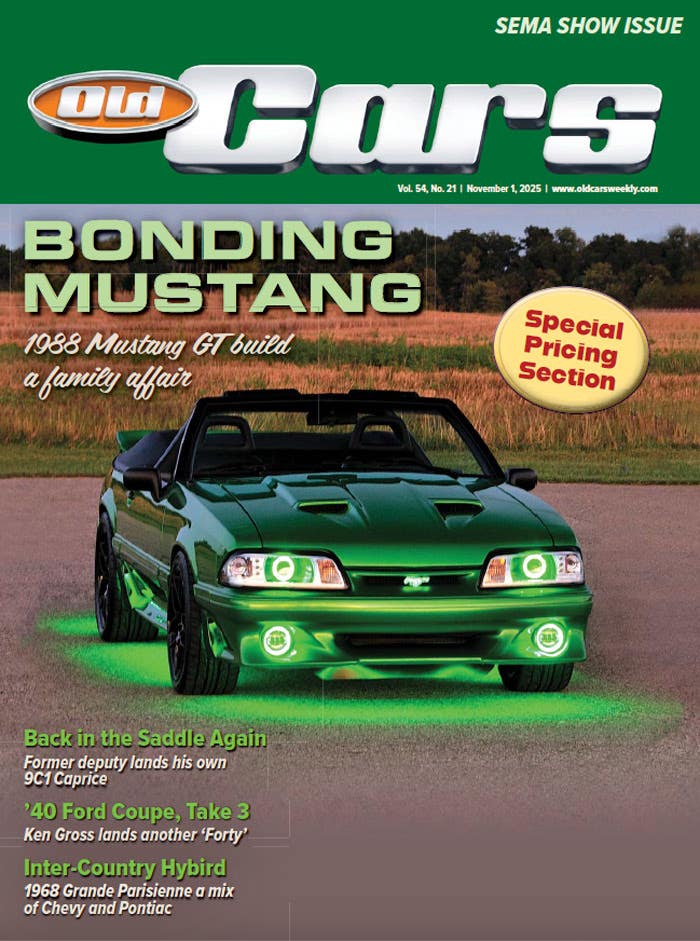Q&A February 7, 2019 Issue Edition
Q. A fellow old car enthusiast sent me a photo of this steering wheel from an old abandoned car in the woods. There’s not enough car left to identify it…
Q. A fellow old car enthusiast sent me a photo of this steering wheel from an old abandoned car in the woods. There’s not enough car left to identify it with, and the logo on the horn button is unrecognizable to us. Can you or your readers help?
— Steve Isola, Duluth, Minn.
A. Well, quite a few cars used these “banjo” steering wheels (so-called because their spokes are made of thick wire that resembles banjo strings) in the 1930s. The logo was a mystery to me, too. At first I thought it might be a stylized version of Graham Paige, but it didn’t match any Graham wheels (and Paige had been stricken from the brand name before banjo wheels became popular). Ford was a major producer of banjo wheels, but those generally had a V8 emblem on the horn button. In the end I simply Googled “banjo steering wheel” images until I found the right combination. It’s from a 1937 Chevrolet Master Deluxe — the button and the “frets” on the “strings” match exactly. Standard model ’37 Chevys, meanwhile, had plain-spoked steering wheels. In further searching, it seems that Chevy did use that emblem motif on the front of their 1937 brochure but, Chevy experts aside, I think we can all be forgiven for not recognizing it.
Q. I have a 1964 Ford Custom 500 that is fun to drive on the open road. It does not have power steering and steers hard in heavy traffic. What years of power steering sectors will bolt onto this vehicle? I am sure that Ford didn’t make a steering sector of one bolt pattern that only fits one year of car.
The power steering pump is not a problem, because all pumps mount the same on 260 through 351W engines. Any help you can give me on this problem will be greatly appreciated.
— Tim Gradl, Great Falls, Mont.
A. I’m not a world expert on this, but having had a few 1960s Ford vehicles I have some parts catalogs as recent as 1963, but not ’64. In general, the part numbers to seem to change, year on year, although it’s not clear what is different in these units. Even the Hollander interchange manual, the staple resource of junkyards, shows different units for 1962 and ’63. The differences may well be internal, perhaps different ratios. Just as manual steering boxes have a higher (numeric) ratio between worm and sector than power gears (to make parking easier, while on-the-road behavior is less direct), there may be different ratios for different cars. Such a substitution may work, but not be ideal for operation. I once exchanged the steering box on a Dodge pickup for one that looked the same and mounted perfectly. However, when I went to drive the truck I found turning the steering wheel left sent the truck to the right. I had unknowingly installed a box for a two-wheel-drive truck in a 4x4. The front end geometry was different, due to the 4x4’s live axle.
Taking a different tack on your problem, a quick Google search led me to a Borgeson conversion that is claimed to fit 1952 to ’64 full-size Fords, albeit with some “steering column modification” required. They offer three different pumps, one each for small-blocks, big-blocks and Y-blocks.
Readers, there must be some Ford steering gurus among us. What say you?
To submit questions to this column: E-mail oldcars@krause.com or mail to: Q&A, Old Cars Weekly,5225 Joerns Drive, Suite 2, Stevens Point, WI 54481.



